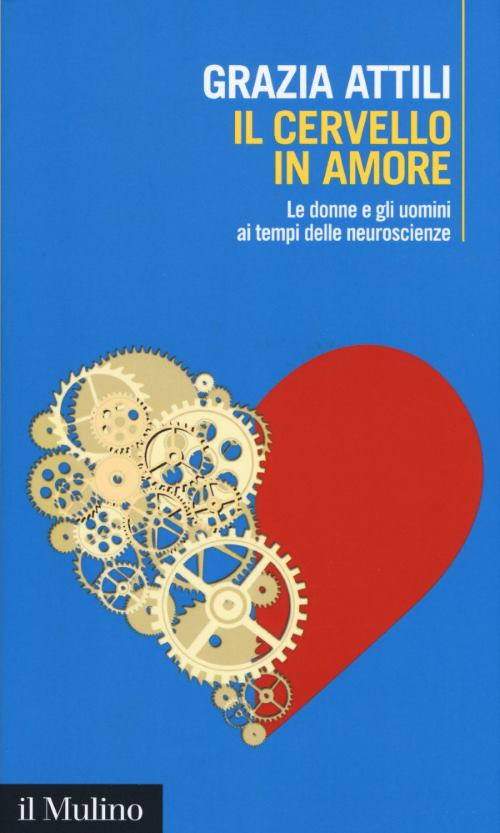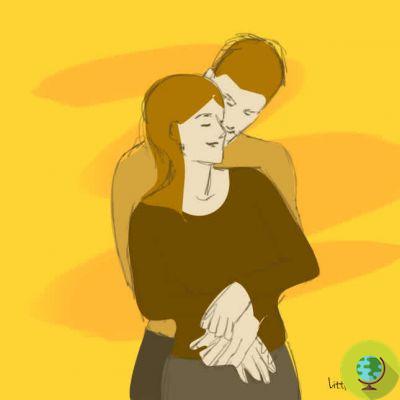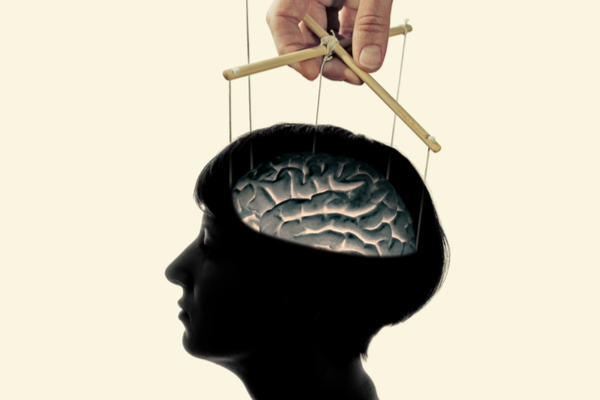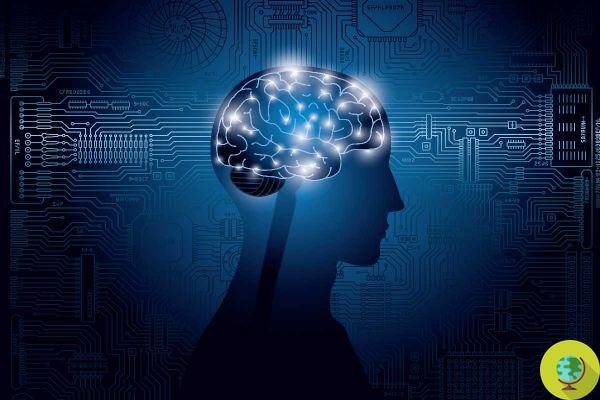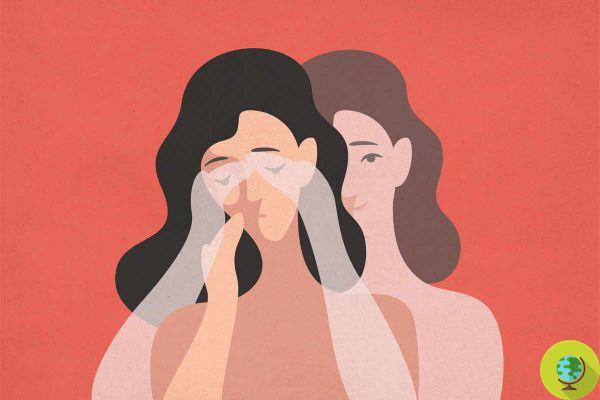Have you ever heard of synaesthesia? We are not referring to the figure of speech present in some poems and literary texts but to a very particular neurological condition and still little understood by science.
Don't store avocado like this: it's dangerousHave you ever heard of synesthesia? We are not referring to the figure of speech present in some poems and literary texts but to one neurological condition very particular and still little understood by science.
Index
Synestestia, what it is and types
Synesthesia is a condition in which the brain is able to process data from several senses at once. This is because a cross-activation of neighboring areas of the brain occurs which produces a simultaneous perception experience. For example, a synaesthetic person can hear sounds while simultaneously seeing colored lights or numbers projected into the surrounding space. As a result, music becomes not only an auditory but also a visual experience as certain words can be endowed with flavor and letters and numbers are always associated with certain colors. Difficult to imagine for those who do not experience these sensations.
The word "synesthesia" comes from the Greek and means "to perceive together". Over 60 types of synesthesia have been reported including:
- grapheme-color synaesthesia: where letters or numbers appear to be colored on the written page or displayed colored in the mind. This is the most common type of synaesthesia
- tactile synaesthesia: sight is associated with physical sensations in some parts of the body
- lexical-gustatory synaesthesia: when you read some words you perceive specific tastes
- colored musical synaesthesia: where music is perceived as colors in the air
- conceptual synaesthesia: the person perceives abstract concepts, for example mathematical operations or units of time, as forms projected internally or in the surrounding space.
Aspects of this condition are not yet fully understood but synaesthesia is thought to be genetic and more common in women. However, this is a rare event that occurs, according to the American Psychological Association (APA), in only about 1 in every 2000 people. It is mainly found in artists, writers and musicians.
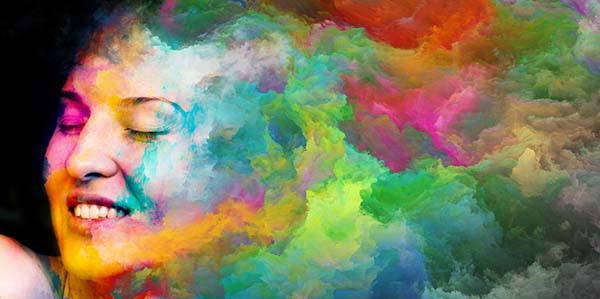
Synesthesia, causes
Synaesthesia was first studied in the 800th century but the actual condition has been analyzed since 1970. Since then, many neuroscientists have explored its characteristics by proposing different theories on possible causes.
For example, there is research by Simon Baron-Cohen, who studying synaesthesia at the University of Cambridge has suggested that the condition results from an overabundance of neural connections. Usually, each of the senses is assigned separate modules in the brain with limited cross-communication. In the brains of people with synaesthesia, however, there would be more communication between the various parts.
Peter Grossenbacher, a psychologist at Naropa University in Colorado, is convinced that the psychological phenomenon occurs not because of the conformation of the brain but because some sensitive areas of the brain receive feedback from the multisensory areas. Usually the information coming from multisensory areas returns only to the area that deals with a specific sense, in the case of synaesthetic people instead this does not happen and the perceptions overlap.
Another theory, proposed by psychologist Daphne Maurer at McMaster University in Ontario, is that each of us actually has these connections but not everyone uses them.
A small 17-participant study published in the Journal of Neuroscience in 2016 found that people suffering from synaesthesia may have stronger mental associations between particular sounds and rounded or angular shapes. While in a survey of 11 university students it was found that children who grew up listening and speaking two languages from a very young age are more likely to experience symptoms of synaesthesia than those who have not spoken two languages already. starting from a young age.
Synesthesia, diagnosis
There is actually no official method for diagnosing synaesthesia. There are however guidelines that have been developed by the principal investigator in this field, Dr. Richard Cytowic.
Usually, to identify people with synesthesia, we consider whether:
- they experience their perceptions involuntarily
- they project sensations outside the mind, for example they see colors floating in the air when they hear some sounds
- they have a perception that is the same every time
- they have a generic perception, for example in response to a certain smell they see a shape but not something more complex
- they remember secondary synaesthetic perception better than primary perception
- they have emotional reactions, such as pleasant sensations, related to their perceptions
Read also:
- EMOTIONAL HIGHLIGHTS: WHAT THEY ARE, HOW TO FACE THEM AND HOW TO MANAGE THEM
- THE SELF-FULFILLING PROPHECY: WHAT YOU THINK WILL HAPPEN
- PINEAL GLAND: THIS IS WHY IT IS THE MAGIC (OR SACRED) GLAND
Undoubtedly, this is a fascinating condition that we really know very little about. Do any of you recognize yourself in the description of synaesthetic people?








